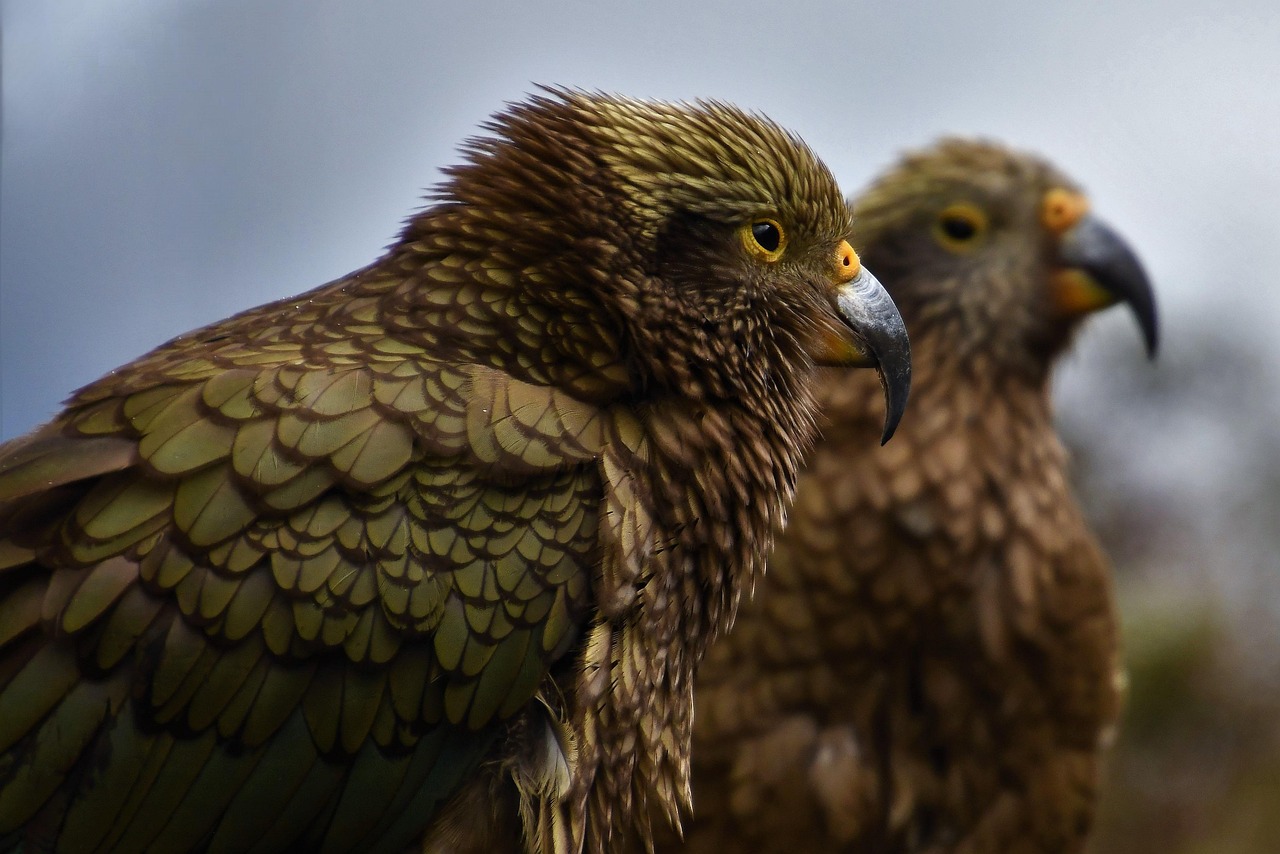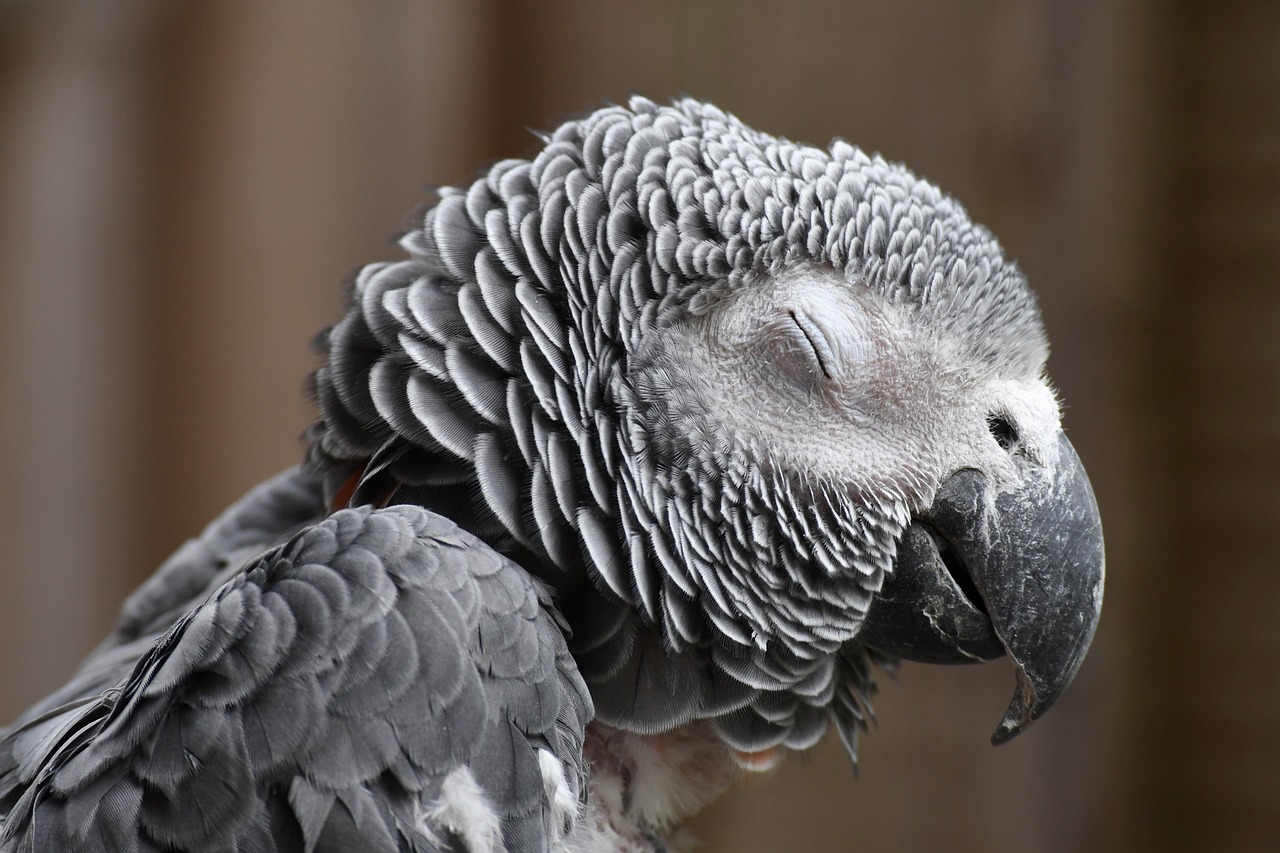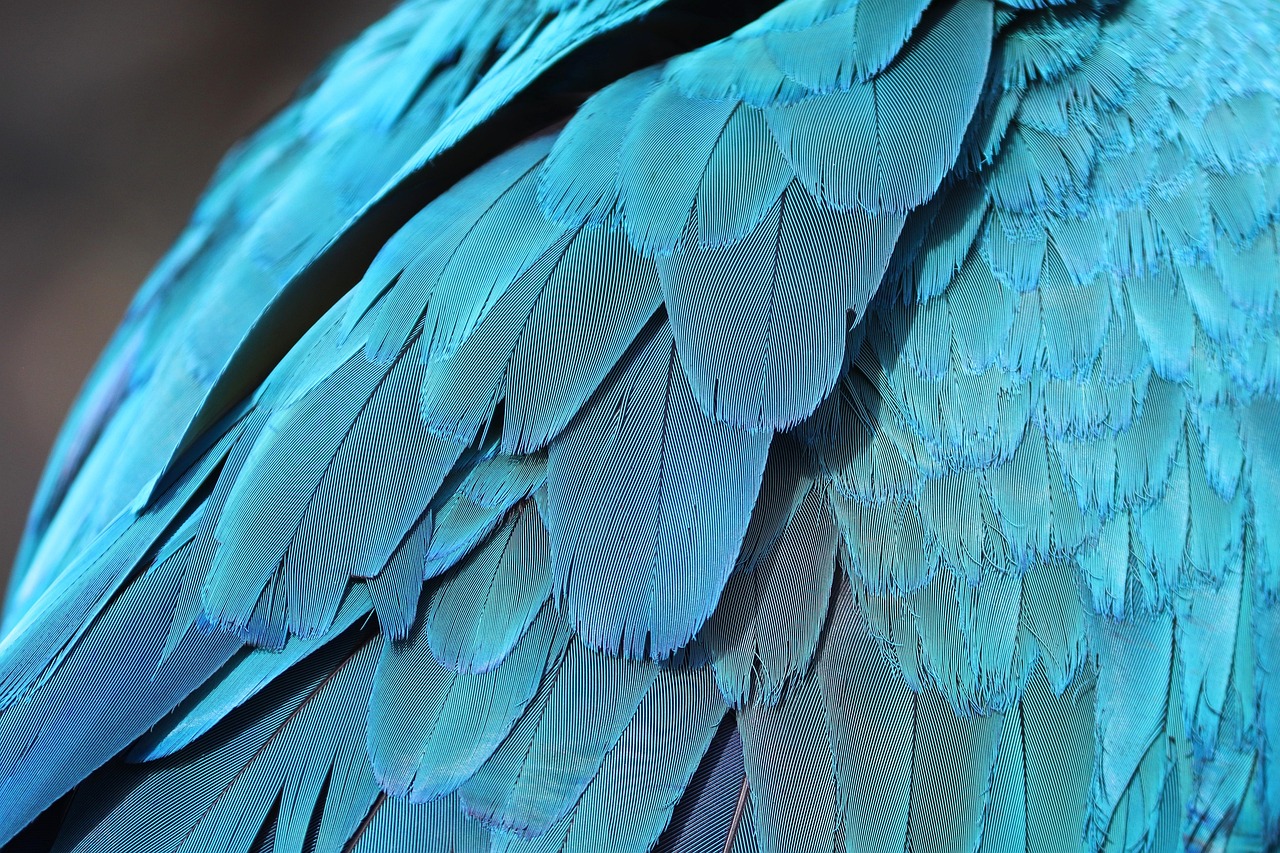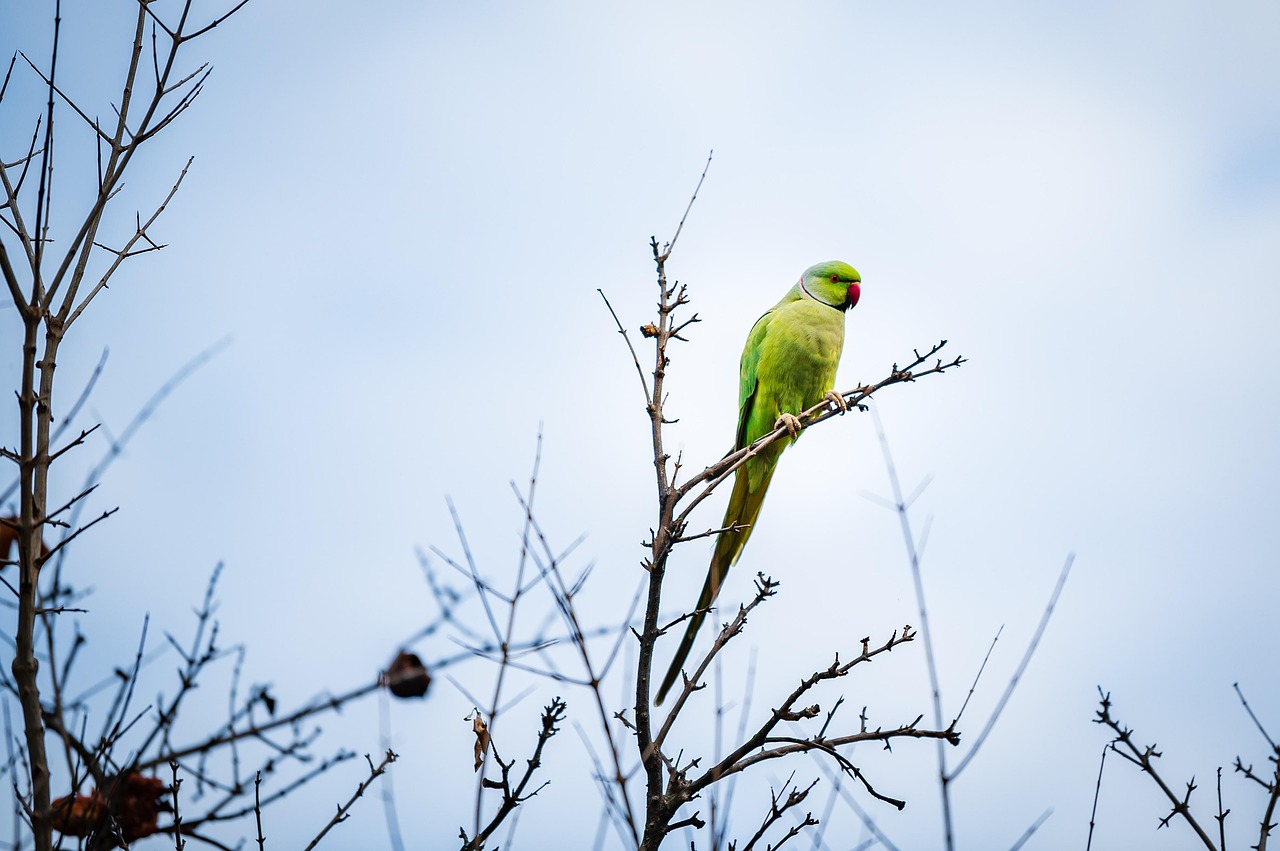The Drunken Parrot tree, scientifically known as the Pachira aquatica, typically exhibits a moderate growth rate in tropical gardens. Under optimal conditions, it can grow between 3 to 5 feet per year, reaching heights of 30 to 60 feet over time.
Understanding the Drunken Parrot Tree
The Drunken Parrot tree is a unique species native to Central and South America. It thrives in tropical climates, making it a popular choice for gardens in these regions. The tree is known for its striking appearance, with large, glossy leaves and a distinctive trunk that often appears swollen at the base. This characteristic gives it the name “Drunken Parrot,” symbolizing its whimsical form.

In addition to its aesthetic appeal, the Drunken Parrot tree is valued for its adaptability. It can grow well in a variety of soil types, as long as there is adequate drainage. Gardeners often appreciate its resilience to different weather conditions, making it a versatile addition to any tropical garden.
Growth Conditions
The growth rate of the Drunken Parrot tree depends on several environmental factors. These include light, water, soil quality, and temperature. Below are key factors that influence its growth:
- Light: The tree prefers bright, indirect sunlight. Too much direct sunlight can scorch its leaves.
- Water: Regular watering is essential. However, the roots must not sit in water, as this can lead to root rot.
- Soil: A well-draining potting mix that retains some moisture is ideal.
- Temperature: The optimal temperature range is between 65°F and 85°F (18°C to 29°C).
Growth Rate Overview
The growth rate of the Drunken Parrot tree can vary based on care and environmental conditions. Here’s a general overview of its growth patterns:

| Condition | Growth Rate (per year) |
|---|---|
| Optimal Conditions | 3 to 5 feet |
| Average Conditions | 1 to 2 feet |
| Poor Conditions | Less than 1 foot |
When planted in an ideal location with ample light and moisture, the Drunken Parrot tree can flourish quickly. In contrast, if it experiences unfavorable conditions, its growth may slow significantly. This adaptability allows it to thrive in various settings but also means that gardeners need to pay close attention to its specific needs.
Caring for Your Drunken Parrot Tree
Caring for the Drunken Parrot tree is relatively straightforward. Here are some essential care tips:
- Watering: Water regularly but allow the soil to dry out slightly between waterings.
- Fertilizing: Use a balanced fertilizer during the growing season to promote healthy growth.
- Pruning: Prune occasionally to maintain shape and encourage bushier growth.
- Pest Control: Keep an eye out for common pests such as spider mites and aphids.
By following these guidelines, gardeners can help ensure their Drunken Parrot trees grow strong and healthy. Regular monitoring and care will enhance their growth rate and overall vigor.

The Benefits of Growing Drunken Parrot Trees
The Drunken Parrot tree offers numerous benefits beyond its growth rate and beauty. It can improve air quality by filtering toxins and releasing oxygen. Additionally, this tree can provide shade and habitat for local wildlife, contributing positively to the garden ecosystem.
Moreover, the unique shape of the Drunken Parrot tree creates an eye-catching focal point in any landscape design. Its versatility allows it to be used in various garden styles, from tropical paradises to modern minimalist settings.
In summary, understanding the growth rate and care requirements of the Drunken Parrot tree can help gardeners maximize its potential in tropical gardens. With the right conditions, this remarkable tree can thrive, adding beauty and benefits to any outdoor space.
Propagation Methods for Drunken Parrot Trees
Propagating the Drunken Parrot tree can be an exciting endeavor for gardeners looking to expand their collection. There are several effective methods for propagation, including seed propagation and vegetative propagation via cuttings. Each method has its own advantages and challenges.

Seed Propagation
Seed propagation is a natural way to grow new Drunken Parrot trees. Here are the steps involved in this method:
- Seed Collection: Harvest seeds from mature trees. It is best to wait until the seed pods turn brown and dry.
- Seed Preparation: Soak the seeds in water for 24 hours to soften the hard outer shell.
- Sowing: Plant the seeds in a well-draining potting mix, about one inch deep. Keep the soil moist but not soggy.
- Germination: Place the pots in a warm area with indirect sunlight. Seeds usually germinate within 2 to 4 weeks.
This method can yield multiple plants at once, although it may take longer to see growth compared to cuttings. Patience is essential as seedlings take time to establish.
Vegetative Propagation
Vegetative propagation through cuttings is another popular method. This approach allows for faster growth and ensures that the new plants retain the genetic characteristics of the parent tree. Here’s how to propagate using cuttings:
- Selecting Cuttings: Choose healthy branches that are at least 6 inches long. Make sure they are free of disease or pests.
- Cutting Preparation: Use a clean, sharp knife to make a cut just below a node. Remove any leaves from the lower half of the cutting.
- Rooting Hormone: Dip the cut end in rooting hormone to encourage root development.
- Planting: Place the cutting into a pot filled with moistened potting mix. Ensure it is buried at least an inch deep.
- Humidity and Light: Cover the pot with a plastic bag or dome to maintain humidity. Place it in a location with indirect light.
- Root Development: After a few weeks, check for root growth by gently tugging on the cutting. If you feel resistance, roots have likely formed.
Common Challenges in Growing Drunken Parrot Trees
Despite their hardiness, Drunken Parrot trees can face several challenges that may affect their growth and health. Understanding these potential issues can help gardeners take proactive measures to mitigate them.
Pests and Diseases
The most common pests that affect Drunken Parrot trees include aphids, spider mites, and mealybugs. These pests can drain the tree’s nutrients and weaken it over time. Additionally, fungal infections may occur if the tree is overwatered or if there is poor air circulation.
- Aphids: Small, soft-bodied insects that cluster on new growth. They can be controlled using insecticidal soap or neem oil.
- Spider Mites: Tiny arachnids that thrive in dry conditions. Increase humidity or use a miticide to manage infestations.
- Mealybugs: White, cotton-like pests that can be wiped off with a cotton swab dipped in alcohol.
Environmental Stressors
Environmental stressors such as extreme temperatures, poor soil quality, and inadequate light can impact growth rates significantly. Gardeners should monitor their trees regularly for signs of stress, such as leaf discoloration or stunted growth.
- Temperature Extremes: Drunken Parrot trees thrive in warm environments but can suffer in temperatures below 50°F (10°C).
- Poor Soil Quality: Soil that is too compacted or lacking in nutrients can hinder growth. Regular amendments with organic matter can improve soil health.
- Inadequate Light: Insufficient light can lead to leggy growth. Ensure that the tree receives enough indirect sunlight for optimal health.
Cultivating Drunken Parrot Trees in Containers
For those with limited garden space, cultivating Drunken Parrot trees in containers is an excellent option. Container gardening allows for flexibility in placement and easier maintenance.
Selecting the Right Container
Choosing an appropriate container is crucial for healthy growth. Here are some tips for selecting the right pot:
- Size: A larger pot allows for root expansion. Start with at least a 10-gallon container for young trees.
- Drainage: Ensure the pot has drainage holes to prevent water accumulation.
- Material: Terra cotta or plastic pots are suitable options; however, consider insulation properties for temperature control.
Cultivating Drunken Parrot trees in containers not only enhances their growth rate but also offers gardeners an opportunity to move them indoors during colder months or relocate them for optimal sunlight exposure.
Watering and Fertilization Practices
Proper watering and fertilization are critical components of successful Drunken Parrot tree cultivation. Understanding how to meet these needs can significantly enhance growth rates and overall health.
Watering Techniques
Watering practices greatly influence the growth and vitality of the Drunken Parrot tree. Here are key strategies for effective watering:
- Frequency: Water the tree when the top inch of soil feels dry. This may vary based on climate and season.
- Method: Water deeply to ensure moisture reaches the roots. Avoid shallow watering, which can lead to weak root systems.
- Signs of Overwatering: Yellowing leaves or wilting may indicate too much water. Adjust your watering schedule accordingly.
- Signs of Underwatering: Brown leaf tips or a drooping appearance suggest the tree needs more water.
In container gardening, it’s especially important to monitor moisture levels regularly since pots can dry out quicker than garden beds.
Fertilization Guidelines
Providing the right nutrients is essential for promoting healthy growth in Drunken Parrot trees. Here are some fertilization tips:
- Type of Fertilizer: Use a balanced, slow-release fertilizer with an N-P-K ratio of 10-10-10 or similar.
- Application Frequency: Fertilize every 6 to 8 weeks during the growing season (spring and summer). Reduce frequency in fall and winter when growth slows.
- Organic Options: Consider organic fertilizers like compost or well-rotted manure, which improve soil health while providing nutrients.
- Avoid Over-Fertilization: Too much fertilizer can lead to nutrient burn and damage the roots. Always follow package instructions.
Pruning and Training Techniques
Pruning and training are important practices that help shape the Drunken Parrot tree and promote bushier growth. Regular maintenance not only improves aesthetics but can also encourage better air circulation and light penetration.
Pruning Basics
The best time to prune Drunken Parrot trees is during late winter or early spring, just before the growing season begins. Here are some essential pruning tips:
- Remove Dead or Diseased Wood: Regularly check for any dead branches or signs of disease and prune them back to maintain tree health.
- Thinning: Thin out dense foliage to improve airflow and sunlight exposure among the branches.
- Shaping: Keep a balanced shape by cutting back overly long branches. This encourages a fuller appearance.
- Tools: Use clean, sharp pruning shears to avoid damage and reduce the risk of introducing pests or diseases.
Training Techniques
If growing in a container or for decorative purposes, training the Drunken Parrot tree can enhance its appearance. Here are some methods to consider:
- Cabling: For taller trees, consider using cables to support weak branches or to help shape the growth direction.
- Pole Support: Insert a stake in the pot for younger trees to provide stability as they grow.
- Pinching Tips: Pinching off new growth tips can encourage bushiness by promoting lateral branching.
Pest Management Strategies
Managing pests effectively is crucial to maintaining the health of Drunken Parrot trees. Implementing preventative measures can reduce infestations and damage.
Identifying Common Pests
A few common pests that affect Drunken Parrot trees include:
- Aphids: These tiny insects cluster on new growth, sucking sap from the plant.
- Spider Mites: These pests thrive in dry conditions, creating fine webbing on leaves.
- Mealybugs: They appear as white, cotton-like masses on stems and leaves.
Pest Control Methods
Effective pest control methods include both natural and chemical treatments:
- Natural Predators: Introduce beneficial insects such as ladybugs that feed on aphids and other pests.
- Neem Oil: This natural insecticide is effective against many pests. Apply it according to label directions.
- Insecticidal Soap: Use this product to suffocate soft-bodied insects like aphids and mealybugs. Follow application instructions closely.
- Cultural Practices: Maintain good hygiene by removing fallen leaves and debris that may harbor pests.
By employing these pest management strategies, gardeners can maintain healthy Drunken Parrot trees while minimizing damage caused by infestations. Regular monitoring and timely action are key to successful pest management.
Seasonal Care for Drunken Parrot Trees
Understanding the seasonal changes and their impact on the Drunken Parrot tree is essential for optimal growth. Each season brings unique challenges and opportunities for care. Here are some seasonal considerations:
Spring
Spring is a critical time as the Drunken Parrot tree comes out of dormancy. Here are some tips for this season:
- Fertilization: Begin fertilizing as new growth appears. This will provide the nutrients necessary for vigorous growth.
- Watering: Increase watering frequency as temperatures rise and the tree starts to actively grow.
- Pruning: This is an ideal time to prune any dead or weak branches to promote healthy growth.
Summer
During the summer, the Drunken Parrot tree will thrive, given the right conditions. Consider the following:
- Regular Monitoring: Keep an eye on moisture levels, particularly in containers, as they can dry out more quickly.
- Pest Control: Continue monitoring for pests and apply treatments as necessary to prevent infestations.
- Mulching: Add a layer of mulch around the base to retain moisture and regulate soil temperature.
Fall
As temperatures begin to drop, it’s important to prepare the Drunken Parrot tree for the upcoming winter:
- Reduce Watering: Gradually decrease watering as growth slows down. Ensure the tree does not become waterlogged.
- Last Fertilization: Fertilize one last time before winter sets in to ensure nutrients are available for spring growth.
- Protection: If outdoors, consider wrapping young trees or moving potted trees indoors as temperatures drop.
winter
In winter, the Drunken Parrot tree enters dormancy. Here are key points for winter care:
- Light Requirements: If indoors, ensure the tree receives sufficient light. A south-facing window is ideal.
- Temperature Management: Keep indoor temperatures consistent and avoid drafts that could stress the tree.
- Watering Needs: Water sparingly, allowing the soil to dry out more than during the growing seasons.
Cultivating a Community Around Drunken Parrot Trees
Cultivating a community of fellow gardeners can enhance your experience with Drunken Parrot trees. Engaging with others can provide valuable insights and support. Here are some ways to connect:
- Join Gardening Clubs: Look for local clubs focused on tropical plants or specific tree types.
- Online Forums: Participate in online gardening communities where you can share experiences and ask questions.
- Attend Workshops: Seek out workshops focusing on tropical gardening, where you can learn more about Drunken Parrot trees and other plants.
Final Thoughts
The Drunken Parrot tree is a remarkable addition to any tropical garden, offering both aesthetic appeal and environmental benefits. Understanding its growth rate, care needs, and potential challenges will help gardeners cultivate healthy, thriving trees. By providing proper watering, fertilization, pruning, and pest management, you can ensure that your Drunken Parrot tree flourishes year after year.
This vibrant tree not only enhances the beauty of your garden but also contributes positively to the ecosystem. With careful attention to seasonal changes and a proactive approach to care, you can enjoy the unique characteristics of the Drunken Parrot tree for many years. Whether you are growing it in a garden or a container, this versatile tree can adapt and thrive with the right conditions.
Cultivating these trees can also foster community connections among fellow gardeners. Sharing experiences, tips, and successes creates a rich network of support that enhances your gardening journey. Embrace the opportunity to grow and nurture your Drunken Parrot trees while enjoying all the benefits they bring to your outdoor spaces.
